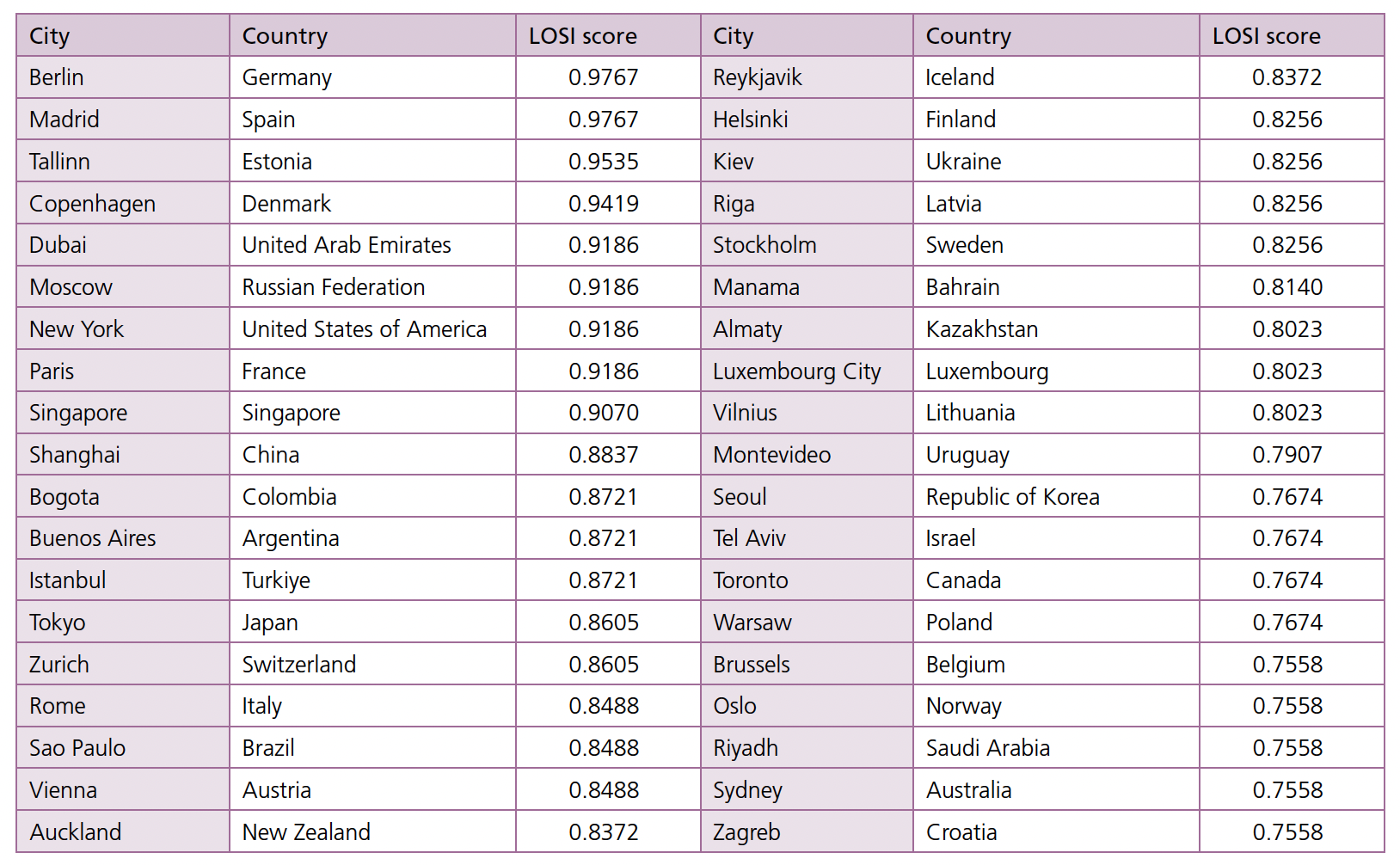What are the structural barriers to change towards digital public services?
Central and local governments are struggling moving towards digital-first models. For that, it is necessary to know where to start and where to go. So let's define the starting point.

Fallen Behind
Around the world, central and local governments are struggling with providing digital public services.
To move towards digital-first models, it is necessary to know where to start and where to go. So let's define the starting point: Is your agency mature enough? What is preventing you from implementing the projects you need to do?
There’s a lot of research on the state of digitization of the public sector. In a recent study, titled “E-Government Survey 2022: The future of Digital Government,” the Department of Economic and Social Affairs at the United Nations assessed the digital government landscape of their 193 Member States. The report reflects some general growth in global trends in e-government development, and ranks the top countries and local governments in terms of digitization. It also highlights areas for improvement. According to the report, there is still a long way to go towards a real and rethought digital public services offering for citizens.
And this journey will take some time depending on the region. Within the UN report, the Local Online Service Index (LOSI) study provides a score for the level of digitization for various city governments. Madrid and Berlin occupy the first positions by providing 98% of the services evaluated. Tallinn and Copenhagen follow closely behind while the fifth position is relegated to cities like Dubai, Moscow, New York and Paris.

These metrics are more important than ever and we can see that according to the scores, digital maturity falls off quickly once we get beyond the leaders. We are living through exceptional times that are testing government capacity. Governments cannot delay their transition to modern service channels that allow them to meet the citizens' needs at scale.
“We are living through exceptional times that are testing government capacity.”
COVID-19 provided an important lesson for the public sector by showing how critical online public services offerings are. “The pandemic has also challenged governments’ ability to adapt. In the past two years, many services no longer required a visit to a government service desk, enabling citizens and entrepreneurs to interact with the government from the safety of their homes. However, further progress is required to digitally transform governments”, said the European Commission on its eGovernment Benchmark 2022.
And this evolution brings with it dual benefits. First, it generates greater satisfaction for citizens who save time and reduces their aggravation with the government, resulting in greater engagement with institutions. Second, public sector employees enjoy a more efficient workplace, optimizing their time for more important projects, all while reducing the cost to serve their citizens.
At the time of writing, inflation, widespread energy crises, an economic recession, and the Russia-Ukraine war are contributing new shocks to existing social systems and structures. All this drives the mandate towards evolution to more efficient and agile processes within governments.
Not Optional
Digital transformation should be on the agendas of current political leaders. As Gartner argues: Technology leaders need to help agency and political leadership understand why maintaining the right level of digital acceleration is so important to government services. They can do this by identifying quick wins, aligning digital with political priorities, and improving the agility of their operating models.
“Government agencies that are unclear on what matters most to their customers risk wasting time and resources on the things that don’t. Finding out is the first step.”
At Liferay, we’ve got more than 15 years of public sector experience, and we recognize that each country and region will have unique needs. But, there are many common pain points and unmet citizen expectations that we think are among the top challenges that the public sector has yet to address. Being aware of these common challenges is crucial in the journey towards the implementation of digital public services.
What are the Critical Challenges that Public Administrators face?
-
Citizens have high expectations and demands. People today already live immersed in a highly digitized world. They prefer digital channels in order to avoid time-consuming in-person visits. There is a reputational and engagement cost for the agency that does not provide easy online services. McKinsey & Co., in the article The global case for customer experience in government, observes, “By investing in customer experience programs, we’ve found that agencies can address the priorities that matter to every government leader.”
-
Government agencies have outdated, slow, and expensive service models. In many cases, government services are still in-person, manual, and slow. They were designed for a long passed era. This results in high service costs, long waiting lists, and citizen dissatisfaction. This is an inefficient use government employees, who spend their hours processing paper forms that could be digitized. Once again, referring to the E-Government Survey 2022: The future of Digital Government, the UN observes: “There is, however, a clear push towards higher levels of digitalization whereby users will no longer have to download or print forms but can complete their transactions fully online.”
-
Old government websites and applications aren’t up to modern standards. Many government web experiences have dated looks. But modern goes beyond design. Sites should have unified experiences across departments and functions, access to digital services in one place, personalization for the visitor, and be fully functional and easy to use on both desktop and mobile devices. Strong integration capabilities are a must which leads to the next point.
-
Government tech stacks are old, disjointed, and inhibit the creation of good experiences. Agencies are often limited by sprawling legacy technology that can’t talk to each other. That makes it next to impossible to create unified digital experiences. On top of that, maintaining legacy tech is expensive. For example, according to the aforementioned UN report, the United States government still spends 70% of its $100 billion USD IT budget to support legacy systems, some of which date back to the 1970s!
-
There aren’t enough IT resources to go around. Dated web technologies depend on IT to update content, create new pages, or sites. This inhibits public sector employees from quickly getting information out to citizens or creating new digital services to replace manual ones. Giving regular employees the ability to create pages, sites, and apps with low-code/no-code, frees up limited IT resources to work on more challenging projects.
-
Government culture often has a lot of internal resistance to change. Global consulting firm McKinsey & Company estimates that around 70% of government transformation projects fail due to employee and management resistance to change. Identify easy wins and build on success. Leveraging a platform like Liferay DXP can make it possible to launch projects fast and support multiple follow on projects as well. Wins make it easier to break down resistance.
Now that the main blockers have been identified, let's approach the next phase: what is needed to move towards real public services systems? What do these new digital solutions look like?
Learn more about how real agencies have started their journey towards digital public services solutions.
Do you find yourself resonating with these challenges? Liferay has helped the City of Burbank (USA), the London Borough of Camden (UK), the City of Vienna (Austria), and hundreds of other public sector organizations drive transformational change that improves the lives of their citizens, cuts costs, and makes employees more productive. Read part 2 to see how we do that.
Descubre cómo crear una solución que se adapte a tus necesidades
Planta 1ª. Módulo B
Madrid 28046
Spain
+34 91 7336343
